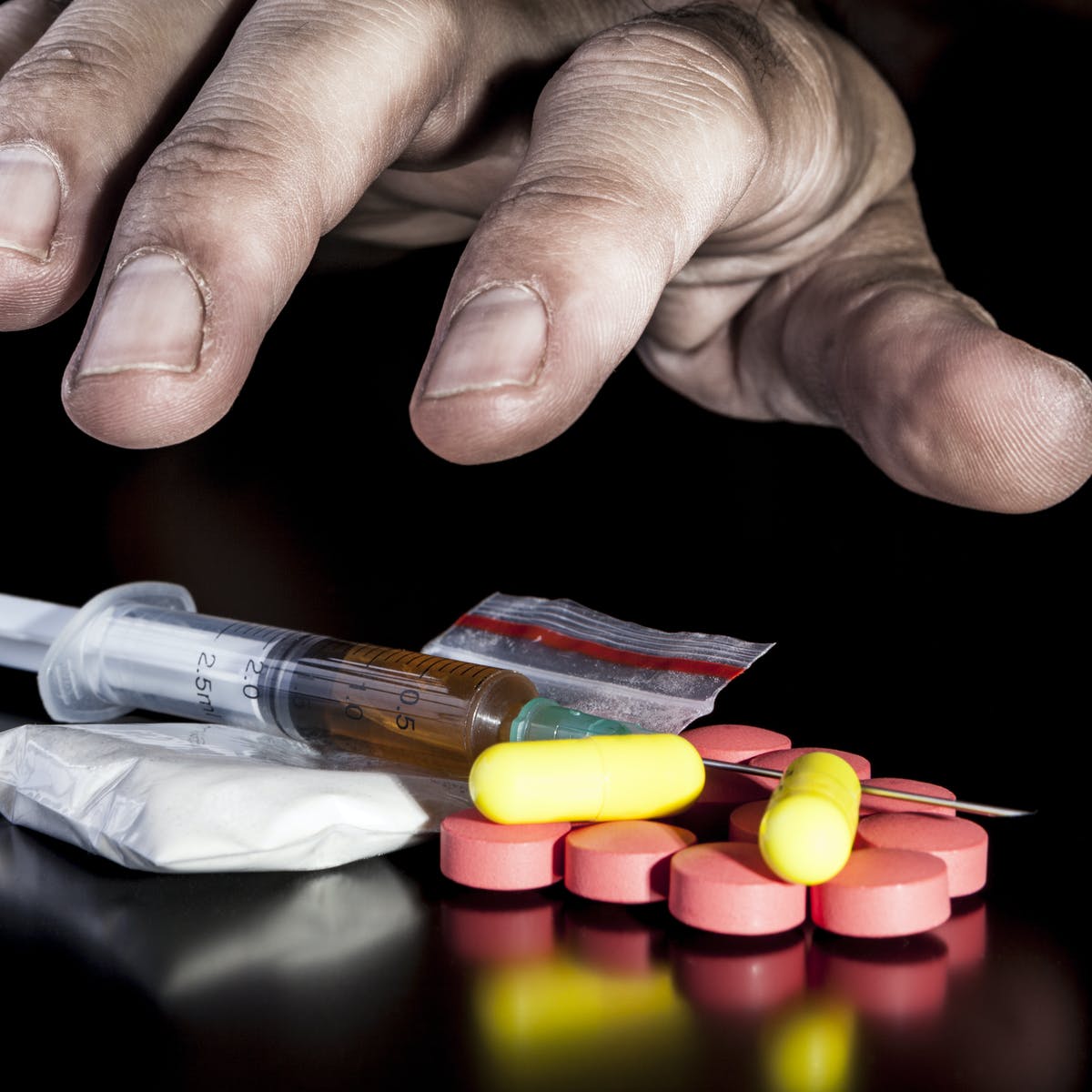There are a few different types of rehab arrangements out there, and each has its own benefits and drawbacks. Inpatient rehab strategies typically require patients to stay in a facility for the duration of their treatment, while outpatient programs allow patients to live at home while undergoing rehabilitation.
If you’re struggling with drugs, it’s important to get help as soon as possible. You can visit https://stepstogether.co.uk/the-benefits-of-rehab/ for more information.
Both inpatient and outpatient rehab organizations can be divided into three categories based on how severe the drug addiction is: partial-rehab, intensive-rehab, and complete-rehab. Partial-rehab provides support for people who have only moderate addictions, intensive-rehab helps those with more severe addictions, and complete-rehab is ideal for those who are completely clean and sober.

Image Source: Google
Each type of program has its own set of benefits and drawbacks. Inpatient rehab may be better for people who want to get very serious about their addiction treatment, because it offers more comprehensive care than outpatient programs. However, inpatient rehab can be expensive, and it may not be feasible for people who don't have access to good transportation or insurance. They are cheaper than inpatient Rehabs, but they may not provide as much individualized care.
Another factor to consider when choosing a rehabilitation program is the team involved in the treatment process. A program with a strong team orientation is likely to be more effective than one that features less committed staff members. a strategy with a strong team orientation also typically offers more group activities and support groups than those without such an orientation.
There are a variety of different types of rehab programs, and it is important to choose the one that is best suited for your individual needs.

